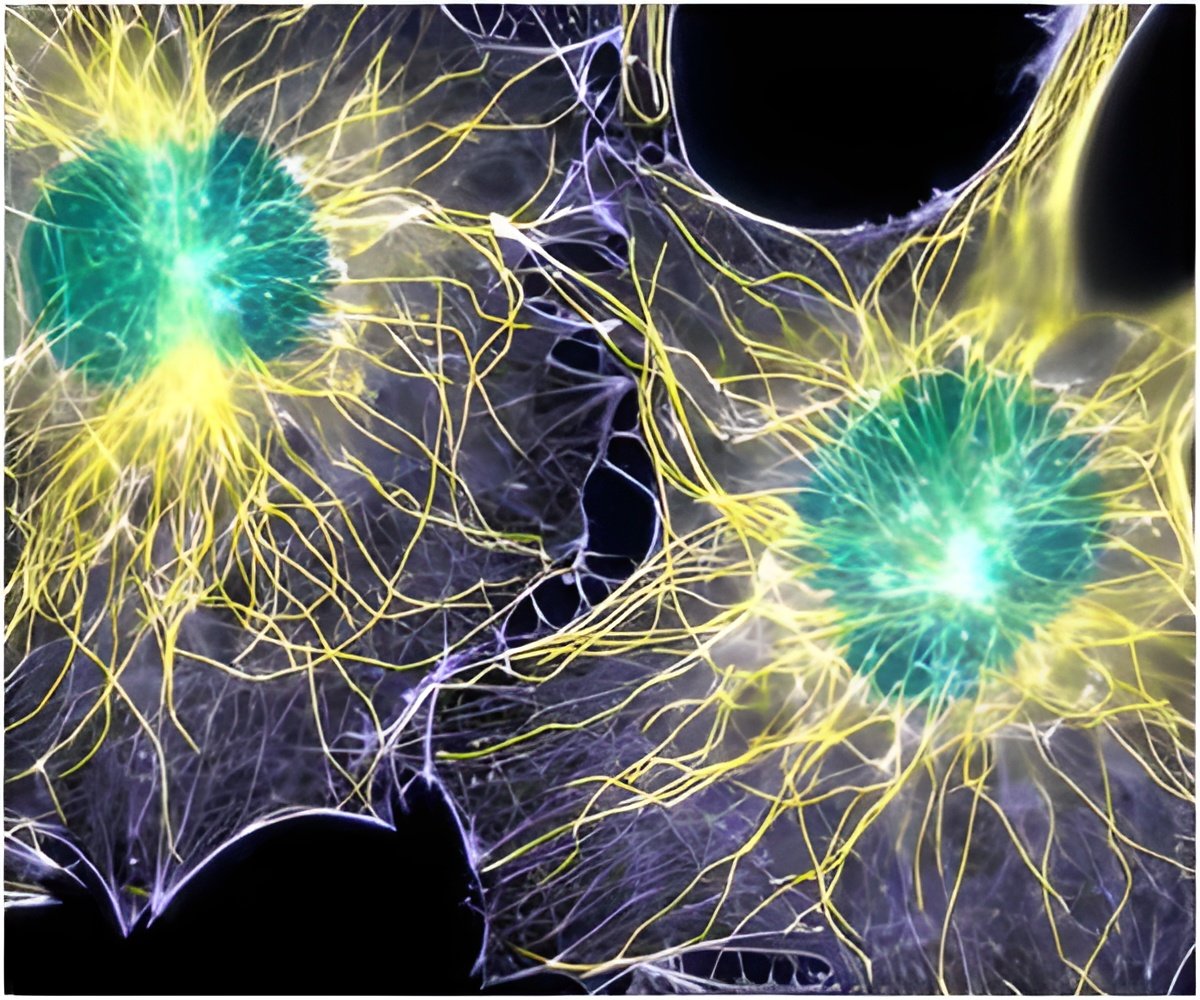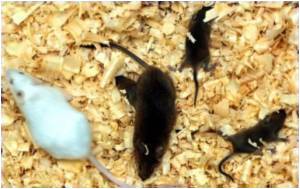Scientists have revealed how evolution has triumphed by giving human tissues their elastic properties that will last a lifetime.

Elastin allows tissues in humans and other mammals to stretch, for example when the lungs expand and contract for respiration or when arteries widen and narrow when the heart beats.
"All mammals rely on elastin to provide their tissues with the ability to stretch and then return to their original shape," said researcher Dr Clair Baldock.
"This high level of physical performance demanded of elastin vastly exceeds and indeed outlasts all human-made elastics.
"It is the co-ordinated assembly of many tropoelastins into elastin that gives tissues their stretchy properties and this exquisite assembly helps to generate elastic tissues as diverse as artery, lung and skin.
"We discovered that tropoelastin is a curved, spring-like molecule with a 'foot' region to facilitate attachment to cells. Stretching and relaxing experiments showed that the molecule had the extraordinary capacity to extend to eight-times its initial length and can then return to its original shape with no loss of energy, making it a near-perfect spring."
Advertisement
Initiator and research project leader Tony Weiss, Professor in the School of Molecular Bioscience, The University of Sydney, added: "Tropoelastin is a tiny protein 'nanospring' in the human body. Our bodies assemble these nanosprings to put elasticity into tissues like skin, blood vessels and lung.
Advertisement
The study is published in the science journal PNAS.
Source-ANI









